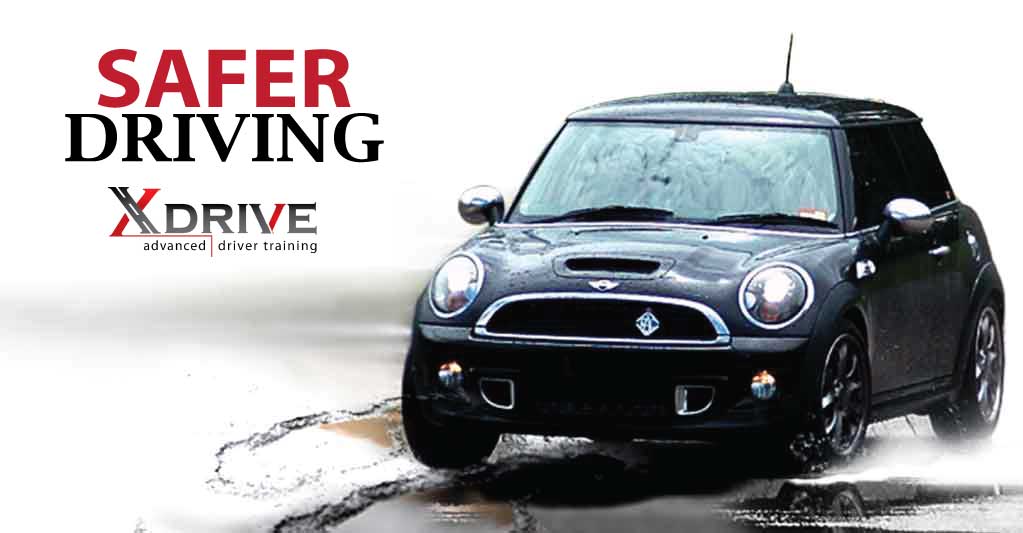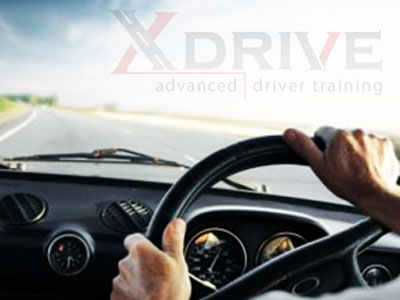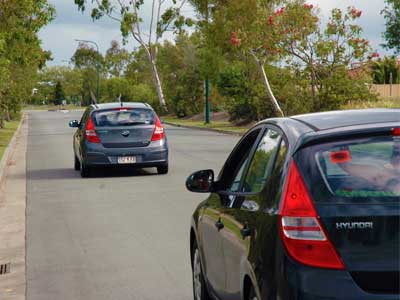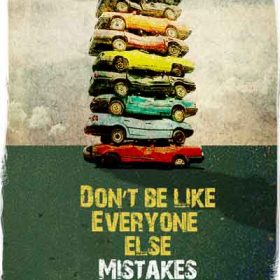

We educate drivers to think a TAD differently!
Allow us to raise the level of your on-road driving skill

If you have a Drivers License and want to learn how to drive safely on the road
This is the course for You!
This course is conducted ‘on road’ in ‘real world’ conditions We do not use a racetrack environment or ‘racing driver’ techniques which are 100 percent opposite to our Safer Driving Course.
At XDrive we educate our clients on driver behaviour, recognising and avoiding potential road hazards and this methodology allows the driver to react to a situation and still maintain safe control of their vehicle.
What is the difference between a Defensive Driving and Safer Driving Course
Defensive driving courses traditionally had an element of ‘skills training’. Eg., weaving through cones or emergency braking and advanced driving courses contained an element of ‘speed’ and in some cases ‘skid-pan’ type training.
Our Safer Driving Course is a ‘low risk’ approach to driving and caters for all drivers that have a valid drivers license. Driving is not safe, nor is it risk free and drivers have to accept that there is a risk and an element of danger associated with the task of driving a motor vehicle.
Our course incorporates the methodology in approaching and reacting to hazards. This methodology allows the a driver to react to a situation and still maintain safe control of the vehicle being driven. Good hazard perception is based on your ability to read the road ahead.
A Brief Overview of this course
Our course covers but is not limited to:
- Precautions to avoid incidents
- Vehicle Control
- Reading road conditions
- Avoiding road hazards
- Driving safely in all weather conditions and more ….


 Extract from Queensland Community road safety grants 2014-2015
Extract from Queensland Community road safety grants 2014-2015
Those focusing on defensive driver training, particularly for learner and novice drivers (for example, skills training on skid pans). Research shows that these programs can contribute to over-confidence and higher levels of risk taking by some young drivers, especially males.
Transport and Main Roads believes (and research supports) the best learning environment for a driver is generally on road and under the direction of an experienced driver or professional driver trainer.
Most drivers develop additional skills, such as hazard perception and the ability to manage distractions, through experience and practice.
